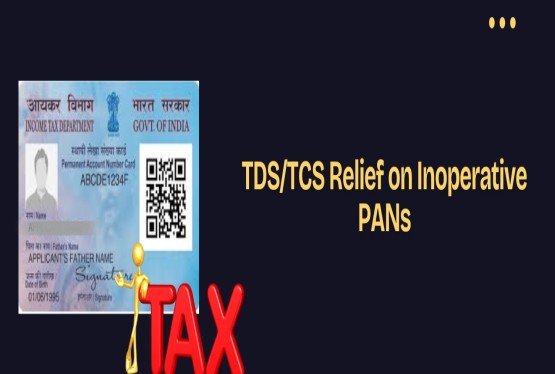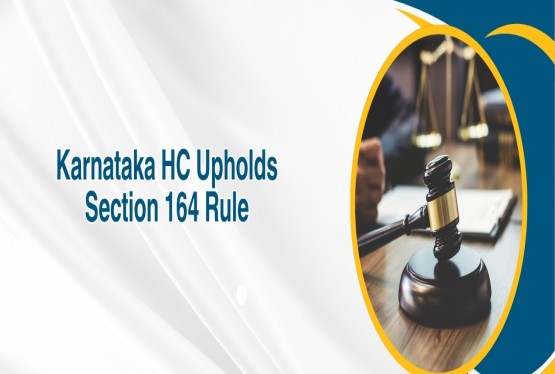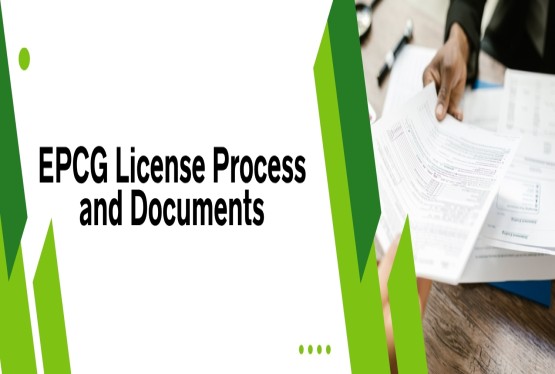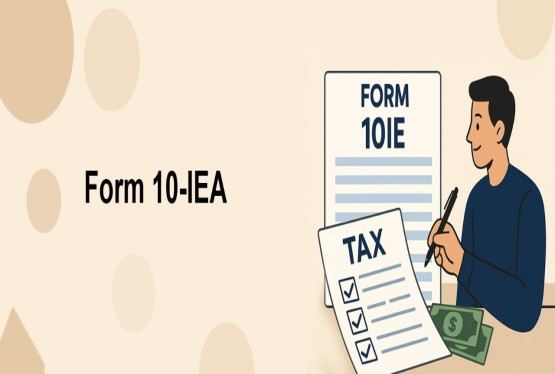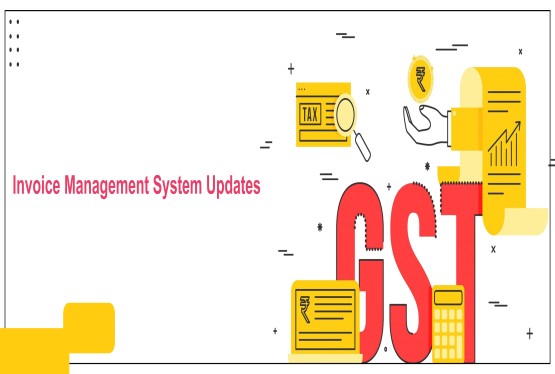In the corporate regulatory framework of India, financial statements serve as the most authoritative tools for communicating the financial health and operational performance of a company. Under the Companies Act, 2013, it is mandatory for every registered company to prepare and file its audited financial statements annually. These filings are done through Form AOC-4, submitted to the Registrar of Companies (ROC).
Every company incorporated under Indian law must file Form AOC-4 within 30 days of its Annual General Meeting (AGM). This includes all accompanying documents such as the Board’s Report, Auditor’s Report, and consolidated financial statements (if applicable). Filing Form AOC-4 is essential not only for maintaining legal compliance but also for ensuring transparency and accountability, which builds investor confidence and promotes corporate governance.
What is Form AOC-4?
Form AOC-4 is the e-form prescribed under Section 137 of the Companies Act, 2013 and Rule 12 of the Companies (Accounts) Rules, 2014 for submitting financial statements to the ROC. This form captures comprehensive financial data, such as:
This form must be filed for each financial year by every company, including Non-Banking Financial Companies (NBFCs), and in various formats depending on their classification.
Types of AOC-4 Forms and Applicability
Under the Companies Act, 2013, every company registered in India is obligated to file its financial statements with the Registrar of Companies (RoC) using prescribed formats. The Ministry of Corporate Affairs (MCA) has categorized Form AOC-4 into multiple variants to accommodate different types of companies and their specific financial reporting requirements. The applicability of each version depends on the nature of the company, its financial size, accounting standards followed, and whether the company is preparing standalone or consolidated financial statements.
AOC-4 (Standard Form)
Under the Companies Act, 2013, every company registered in India is obligated to file its financial statements with the Registrar of Companies (RoC) using prescribed formats. The Ministry of Corporate Affairs (MCA) has categorized Form AOC-4 into multiple variants to accommodate different types of companies and their specific financial reporting requirements. The applicability of each version depends on the nature of the company, its financial size, accounting standards followed, and whether the company is preparing standalone or consolidated financial statementsAOC-4 (Standard Form)
The standard version of AOC-4 is the most widely used form among companies for the purpose of filing their standalone financial statements. This form is applicable to companies that are not required to comply with the Indian Accounting Standards (Ind AS), do not fall under the XBRL mandate, and are not required to file consolidated financial statements. It includes all essential financial details such as the balance sheet, profit and loss account, auditor’s report, board report, and other relevant documents. The AOC-4 standard form is thus suited for small and medium-sized companies, including most private limited companies, that maintain financial records under traditional accounting standards (AS) and have limited financial exposure.
AOC-4 XBRL
Form AOC-4 XBRL is specifically designed for companies that are mandated to file their financial statements in eXtensible Business Reporting Language (XBRL) format. XBRL is a standardized XML-based language for the electronic communication of business and financial data, enabling greater transparency, consistency, and ease of analysis by regulatory authorities.
AOC-4 XBRL is applicable to companies that meet any of the following criteria:
The use of the XBRL format ensures uniformity in reporting and facilitates the extraction and analysis of financial information by regulators and investors. Companies falling under this bracket must ensure that their financial statements are converted into XBRL format using MCA-approved software and validated before submission.
AOC-4 CFS (Consolidated Financial Statement)
Form AOC-4 CFS is applicable to companies that are required to submit Consolidated Financial Statements in accordance with Section 129(3) of the Companies Act, 2013. Consolidated financial statements are prepared when a company has subsidiaries, associates, or joint ventures, and it is necessary to present the financial position of the entire corporate group as a single economic entity.
This form is meant to supplement the AOC-4 filing by including the financial information of the parent company along with its subsidiaries, thereby providing a holistic view of the financial health of the group. AOC-4 CFS must include not only the consolidated balance sheet and profit & loss account but also notes to accounts, auditor’s consolidated report, and related disclosures. It is particularly relevant to large corporate groups and listed companies with multiple business entities under their control.
AOC-4 NBFC (Ind AS)
This specialized version of AOC-4 is applicable to Non-Banking Financial Companies (NBFCs) that are required to prepare their financial statements in compliance with Indian Accounting Standards (Ind AS). Since NBFCs operate under specific financial and regulatory frameworks, the accounting treatment of financial instruments, revenue recognition, and provisioning is significantly different from general companies.
AOC-4 NBFC (Ind AS) caters to these specialized accounting needs and ensures that NBFCs report their financial information in a manner that reflects the true financial position of their business under Ind AS norms. These companies must include their standalone financial statements as prepared under Ind AS, along with the auditor's report, director’s report, and other requisite documents, while filing the form with the MCA.
Due Dates for Filing Form AOC-4
Under the Companies Act, 2013, every company is required to file its financial statements with the Registrar of Companies (RoC) in Form AOC-4. This form must be filed within 30 days from the date of the Annual General Meeting (AGM) in which the financial statements are adopted. However, since AGM dates vary depending on the financial year-end and company-specific timelines, there is no fixed universal due date for filing AOC-4 applicable to all companies. Each company’s due date is individually calculated based on when it conducts its AGM.
Timeline for First Annual General Meeting (AGM)
In the case of newly incorporated companies, the first AGM must be held within 9 months from the end of the first financial year. If the first AGM is held within this extended period, there is no requirement to conduct another AGM in the same year. The filing of Form AOC-4 in such cases must be done within 30 days from the date of the first AGM. For example, if a company closes its first financial year on 31st March 2024, and conducts its first AGM on 31st December 2024, the deadline for filing AOC-4 will be 30th January 2025. When compliance is not done within time penalties are imposed and there are other consequences.
Timeline for Subsequent AGMs
For all subsequent years, companies are required to hold their AGM within 6 months from the end of the financial year, i.e., by 30th September in most cases (if the financial year ends on 31st March). Accordingly, the Form AOC-4 must be filed within 30 days from the actual date of the AGM held in that financial year. This ensures timely reporting and compliance with statutory disclosure obligations under the Companies Act.
Special Cases for Filing AOC-4
In the case of a One Person Company, the timeline for filing Form AOC-4 is 180 days from the close of the financial year, not linked to any AGM, as OPCs are exempt from holding AGMs. This extended timeline allows for a more flexible compliance window suitable for single-person entities.
Adjourned Annual General Meeting
If the AGM is adjourned to a later date, the deadline for filing Form AOC-4 is 30 days from the date of the adjourned AGM. The law recognizes the adjourned meeting as the actual date of adoption of financial statements, and hence, the form must reflect the correct date accordingly.
AGM Not Held
In cases where the company fails to hold its AGM, it is still required to file Form AOC-4. In such situations, the form must be filed within 30 days from the date on which the AGM ought to have been held under law. Along with the filing, the company must furnish an explanation for not holding the AGM, indicating the reasons and circumstances behind such non-compliance. Despite the failure to convene the meeting, the obligation to report financial statements remains binding.
Importance of Filing AOC-4
Filing AOC-4 is a statutory requirement that ensures stakeholders, investors, financial institutions, and regulators have access to accurate and updated financial information. This:
Failure to file may result in legal consequences, financial penalties, and reputational damage to the company and its officers.
Requisites for Filing AOC-4
Before filing Form AOC-4 with the Registrar of Companies (RoC), every company must gather and prepare several important documents. These documents provide a full picture of the company’s financial health, board decisions, and compliance with statutory obligations. Below is a detailed explanation of each requisite:
Audited Financial Statements
These are the core documents that reflect the financial performance of the company during the financial year. They include:
These documents must be audited by a statutory auditor before submission.
Auditor’s Report
This is a formal opinion issued by the company’s statutory auditor regarding the accuracy and fairness of the financial statements. The auditor comments on whether the financial statements comply with accounting standards and give a true and fair view of the company's financial condition.
Director’s Report
The Board of Directors prepares this report to communicate the company’s performance and strategic decisions. It includes information such as:
It is a mandatory part of the annual filing and reflects the company’s governance.
Notice of AGM and Explanatory Statements
The notice calling the Annual General Meeting (AGM) must be attached, including:
This ensures that the shareholders were properly informed and allowed to participate in important decisions.
If the company has one or more subsidiary companies, it must include a separate statement containing:
This provides transparency about group companies and their performance.
Details of Loans, Guarantees, and Investments
Under Section 186 of the Companies Act, every company must disclose:
This ensures that financial dealings are reported and compliant with legal limits.
Related Party Disclosures (Form AOC-2)
If the company has entered into transactions with related parties such as directors, relatives, or group companies it must disclose them in Form AOC-2. This form provides details like:
This helps in identifying potential conflicts of interest and ensures fair dealing.
ROC Approval for AGM Extension (if any)
If the company was unable to hold its AGM within the normal time limit and obtained an extension from the RoC, a copy of the approval letter must be attached. This is needed to explain the delayed filing and prove that it was authorized.
Adjournment Notice (if applicable)
If the AGM was adjourned to a later date, a notice of adjournment (indicating the new date of the AGM) must be provided. The due date for filing AOC-4 will be calculated based on this revised AGM date
Process of Filing Form AOC-4
Step 1: Preparation of Documents
Companies must begin document compilation post statutory audit completion.
Step 2: Preparing Form AOC-4 on MCA Portal
Visit www.mca.gov.in, log in using company credentials, navigate to e-filing > Select Form AOC-4. Choose the relevant form type (standard, XBRL, CFS, NBFC) and fill in:
Step 3: Attach Documents and Sign Digitally
Attach all required documents in the specified format and ensure digital signing using DSCs of directors/CFOs and certification by a practising CA/CS/CMA.
Step 4: Submit the Form and Pay the ROC Fees
Submit the digitally signed form on the MCA portal and pay the ROC fee based on the company’s authorised capital. The fee ranges from Rs.200 to Rs.600.
Step 5: Approval by ROC
Most AOC-4 filings are processed under Straight Through Processing (STP) mode. ROC approval is granted based on pre-scrutiny checks, and an SRN (Service Request Number) is issued.
Corporate Social Responsibility (CSR) Reporting under Section 135(1)
Under the Companies Act, 2013, certain companies are required to spend a portion of their profits on CSR activities. These are companies that meet any of the following criteria in the preceding financial year:
Such companies must comply with Section 135(1), which makes it mandatory for them to form a CSR committee, plan CSR projects, spend on them, and disclose related details in their filings.
Mandatory Filing of Form CSR-2
Starting from the financial year 2020-21, all companies to which CSR applies must file an additional form called Form CSR-2. This form is filed along with the financial statement filing through Form AOC-4, AOC-4 XBRL, or AOC-4 NBFC (Ind AS), depending on the type of company.
CSR-2 captures detailed information about the company's CSR activities during the financial year. This includes:
Relaxation for FY 2021-22
For the financial year 2021-22, the Ministry of Corporate Affairs (MCA) gave a relaxation to companies. They were allowed to file Form CSR-2 separately from the main AOC-4 form. The deadline was extended to 31st March 2023, so companies had more time to comply with this new requirement.
Segment I (Part A & B): Balance Sheet
Segment II: Profit & Loss Account
Detailed financial performance data
Segment III: CSR Reporting
CSR policy, amount spent, agency details, and Board statement
Segment IV: Related Party Transactions
Disclosure of arm’s length and non-arm’s length contracts
Segment V: Auditor’s Report
Segment VI: Miscellaneous
Fees for Filing AOC-4
|
Authorised Capital (INR) |
Filing Fee (INR) |
|
Up to 1,00,000 |
200 |
|
1,00,001 – 4,99,999 |
300 |
|
5,00,000 – 24,99,999 |
400 |
|
25,00,000 – 99,99,999 |
500 |
|
1,00,00,000 or more |
600 |
Penalties for Non-Compliance
|
Entity |
Base Penalty |
Daily Fine |
Max Penalty |
|
Company |
Rs.10,000 |
Rs.100/day |
Rs.2,00,000 |
|
MD/CFO |
Rs.10,000 |
Rs.100/day |
Rs.50,000 |
|
Other Responsible Directors |
Rs.10,000 |
Rs.100/day |
Rs.50,000 |
|
All Directors (if none specifically assigned) |
Rs.10,000 |
Rs.100/day |
Rs.50,000 |
For a detailed understanding on penalty, you can refer to link
Conclusion
Form AOC-4 is a critical annual compliance for companies under Indian law. Timely and accurate filing ensures transparency, prevents penalties, and upholds corporate governance. With multiple formats of AOC-4 catering to different classes of companies, it is crucial to determine the correct form, compile the required documents, and follow due process for submission.
Staying compliant with AOC-4 filing not only helps avoid legal issues but also ensures that companies maintain financial integrity and stakeholder trust important for long-term sustainability and success.
FAQs
Q1. What is Form AOC-4 and why is it important?
Ans. Form AOC-4 is the prescribed form used by companies to file their financial statements with the Registrar of Companies (RoC) as required under Section 137 of the Companies Act, 2013. It provides stakeholders and regulators with access to the company’s financial position and compliance.
Q2. Which companies are required to file Form AOC-4?
Ans. All companies registered under the Companies Act, 2013, including private limited, public limited, One Person Companies (OPC), and non-profit companies (Section 8 companies), must file AOC-4 unless they are exempted under special provisions.
Q3. What is the due date for filing Form AOC-4?
Ans. Form AOC-4 must be filed within 30 days from the date of the company’s Annual General Meeting (AGM). If the company does not hold an AGM, it must be filed within 30 days from the date the AGM should have been held.
Q4. What financial documents are filed with AOC-4?
Ans. Key documents include:
-
Balance Sheet
-
Profit & Loss Account
-
Cash Flow Statement (if applicable)
-
Notes to Accounts
-
Auditor’s Report
-
Board’s Report
-
CSR Report (if applicable)
-
Statement of Subsidiaries (if any)
Q5. What is the difference between AOC-4, AOC-4 XBRL, and AOC-4 NBFC (Ind AS)?
Ans. AOC-4: For most small companies and non-XBRL mandated entities.
-
AOC-4 XBRL: Required for listed companies, their Indian subsidiaries, or companies with turnover ≥ Rs.100 crore or paid-up capital ≥ Rs.5 crore. It requires data in machine-readable XBRL format.
-
AOC-4 NBFC (Ind AS): For Non-Banking Financial Companies (NBFCs) that are required to adopt Indian Accounting Standards (Ind AS).
Q6. Is there a penalty for late filing of AOC-4?
Ans. Yes. The penalty is Rs.100 per day of delay, with no upper cap, making timely filing crucial to avoid heavy financial consequences.
Q7. What is the relation between AOC-4 and CSR-2?
Ans. Companies covered under Section 135 (CSR provisions) must file Form CSR-2 as an add-on or linked form to AOC-4/AOC-4 XBRL/AOC-4 NBFC (Ind AS). For FY 2021–22, CSR-2 was allowed to be filed separately by March 31, 2023, but from FY 2022–23 onwards, CSR-2 must be filed along with AOC-4.
Q8. Is it mandatory for companies with no activity or profit to file AOC-4?
Ans. Yes, even dormant or loss-making companies must file AOC-4 to declare their financial position, even if there was no revenue or business activity.
Q9. Can the AOC-4 form be revised once submitted?
Ans. As per current MCA provisions, there is no facility to revise AOC-4 once it is accepted. However, if there is an error, companies may need to apply to the RoC with an explanation and seek rectification through compounding or other procedures.
Q10. What are the common reasons for AOC-4 form rejection?
Ans. Mismatch in figures between financials and auditor’s report
-
Incorrect CIN or company details
-
Non-upload of mandatory attachments
-
Filing beyond the due date without additional fee
-
Technical or digital signature issues
Q11. What digital signatures are required to file AOC-4?
Ans. Director’s DSC (Digital Signature Certificate).
- Practicing Professional’s DSC (e.g., CA, CS, or CMA), depending on the requirement.
Q12. Can OPCs or small companies file simplified versions of AOC-4?
Ans. Yes. One Person Companies (OPCs) and certain small companies may use Form AOC-4 (Non-XBRL) and are exempt from cash flow statement requirements, easing the compliance burden.
Q13. What happens if a company fails to file AOC-4 entirely?
Ans. Failure to file AOC-4 can lead to:
-
Monetary penalties for the company and its directors
-
Disqualification of directors under Section 164(2)
-
Marking the company as a non-compliant entity by the RoC
-
Restrictions on filing other forms








_crop10_thumb.jpg)


















































































_for_FY_2025-26_crop10_thumb.jpg)



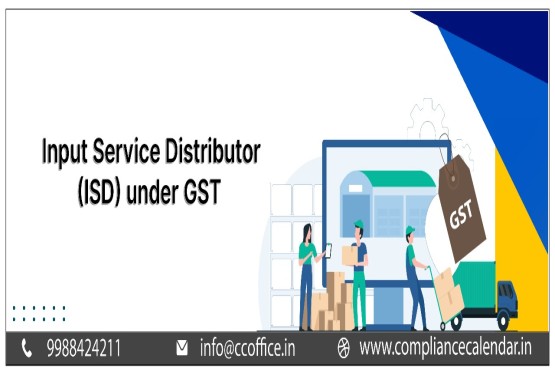








_learn_crop10_thumb.jpg)








_Filing_Due_Dates_for_FY_2024-25_learn_crop10_thumb.jpeg)
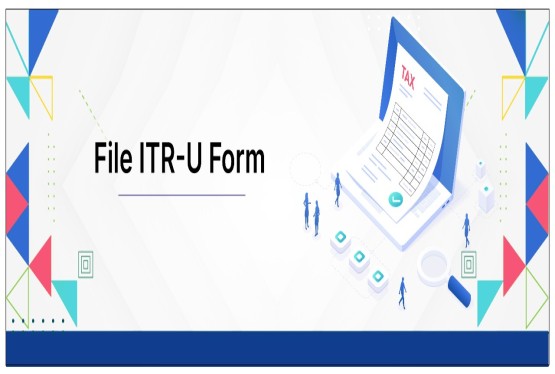

























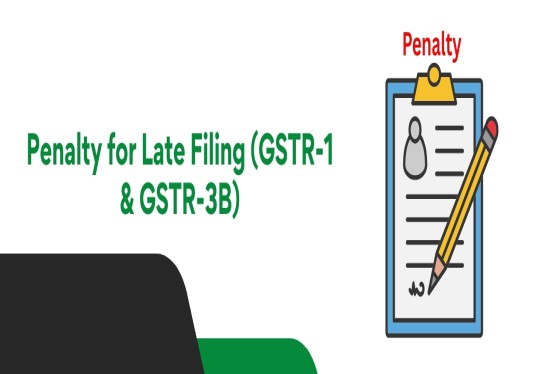












_of_GST_Act_learn_crop10_thumb.jpg)










_Under_GST_learn_crop10_thumb.jpg)









_crop10_thumb.jpg)


_crop10_thumb.jpg)






_learn_crop10_thumb.jpg)






















_of_the_Income_Tax_Act_learn_crop10_thumb.jpg)



_learn_crop10_thumb.jpg)
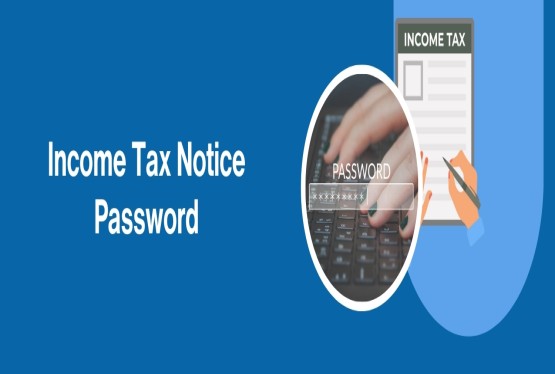





_learn_crop10_thumb.jpg)






_crop10_thumb.jpg)




















_in_The_Income_Tax_Act,_1961_learn_crop10_thumb.jpg)



_learn_crop10_thumb.jpg)



_of_the_Income_Tax_Act_learn_crop10_thumb.jpg)


_Of_Income_Tax_Act_learn_crop10_thumb.jpg)








_learn_crop10_thumb.jpg)








_learn_crop10_thumb.jpg)
_crop10_thumb.jpg)

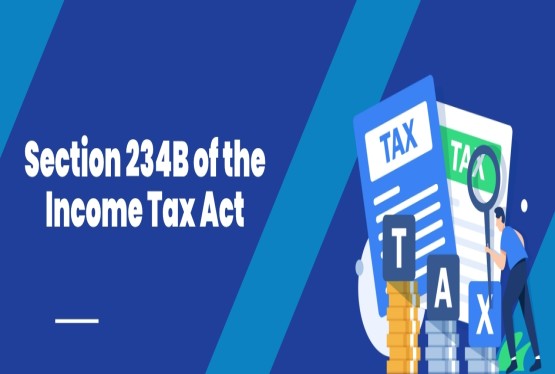




















_learn_crop10_thumb.jpg)
_for_Import_and_Export_learn_crop10_thumb.jpg)










